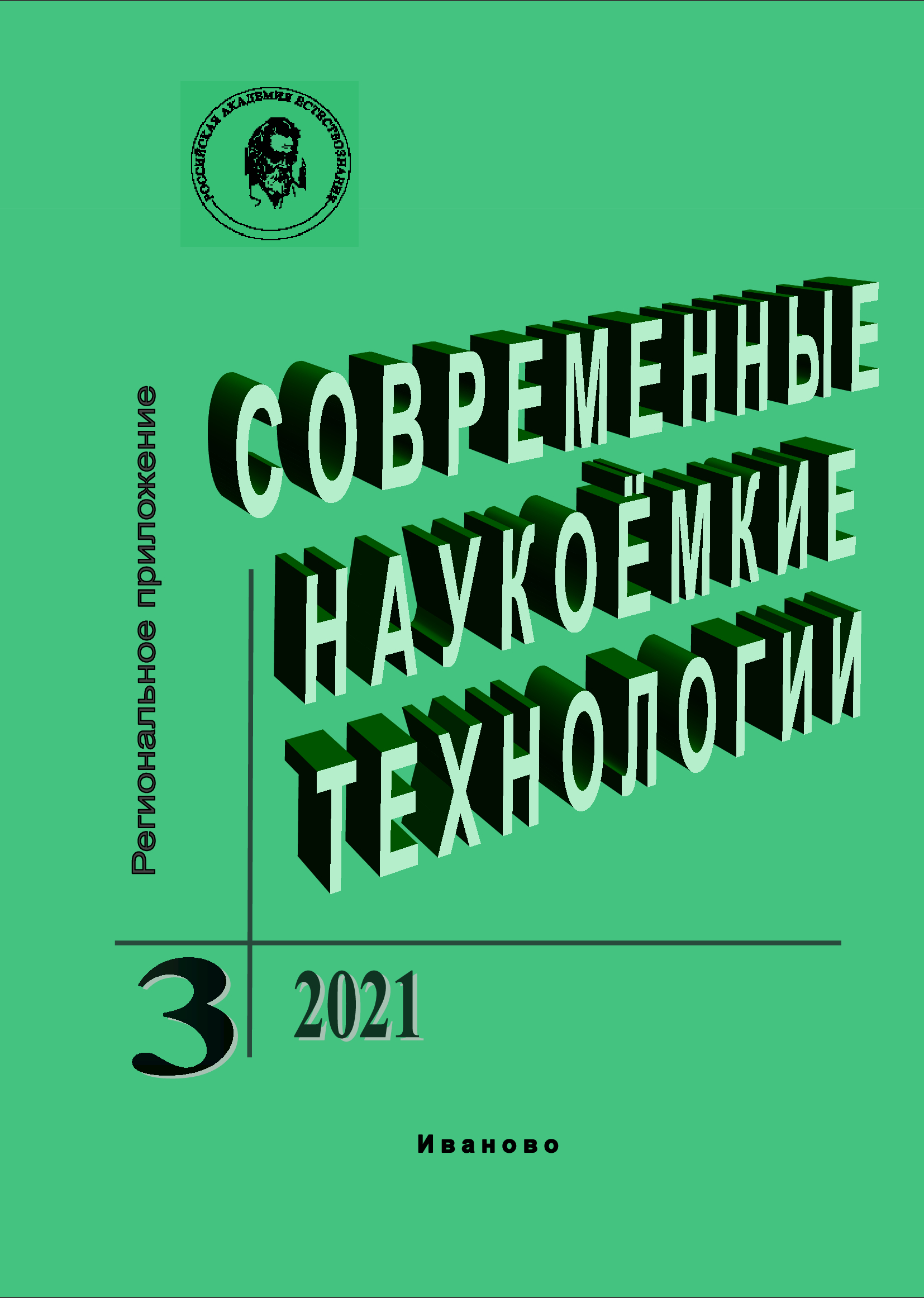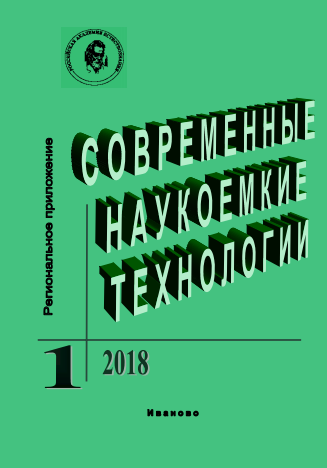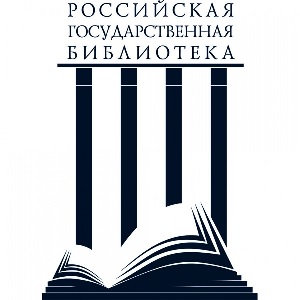SIMULATION OF THE QUEUING SYSTEM FOR THE PURPOSE OF ANALYSIS OF ITS WORK
Abstract
The article is devoted to the study of the possibility of using simulation methods to optimize the structure of the queuing system. It is noted that the analytical approach to modeling such systems involves the introduction of a number of assumptions, which reduces the adequacy of the model. To analyze the behavior of complex systems, it is proposed to use models in the form of simulation algorithms. The work uses a discrete-event approach to simulation. The influence of the number of channels of the queuing system on the main indicators of its efficiency is investigated. The possibility of using these models for studying the behavior of a real object and optimizing its operation is shown
References
Карташевский В.Г. Основы теории
массового обслуживания. М.: Горячая линия–
Телеком, 2013. 130 с:
Алиев Т.И. Задачи и методы проектирования дискретных систем. СПб: Университет ИТМО, 2015. 127 с.
Романцев В.В. Аналитические модели систем массового обслуживания: СПбГЭТУ
(ЛЭТИ), 1998. 67 с.
Павловский Ю.Н., Белотелов В.Н.,
Бродский Ю.И. Имитационное моделирование.
М.: Издательский центр «Академия», 2008. 236
Simulink. Документация. [Электронный ресурс]
SimEvents. Документация. [Электронный ресурс] (дата обращения: 21.01.2021).
Моделирование СМО в Simulink
MATLAB. [Электронный ресурс] (дата обращения: 21.01.2021).
Bobkov S., Galiaskarov E., & Astrakhantseva I. (2021). The use of cellular automata
systems for simulation of transfer processes in a
non-uniform area. Paper presented at the CEUR
Workshop Proceedings, 2843 Retrieved from
www.scopus.com
Mizgirev L., Galiaskarov E., Astrakhantseva I., Bobkov S., & Astrakhantsev R.
(2021). Transfer learning for road-based location
classification of non-residential property. Paper
presented at the CEUR Workshop Proceedings,
Retrieved from www.scopus.com
Бобков С.П., Астраханцева И.А.,
Галиаскаров Э.Г. Применение системного
подхода при разработке математических моделей. Современные наукоемкие технологии. Региональное приложение. 2021. №1 (65). С. 66–
DOI: 10.6060/snt.20216501.0008
REFERENCES
Kartashevsky V.G. Foundations of the
theory of queuing. M.: Hot line-Telecom,
130р.
Aliev T.I. Problems and methods of designing discrete systems. SPb: ITMO University,
127 p.
Romantsev V.V. Analytical models of
queuing systems: SPbGETU (LETI), 1998. 67 p.
Pavlovsky Yu.N., Belotelov V.N.,
Brodsky Yu.I. Simulation modeling. M.: Publishing Center "Academy", 2008. 236 p.
Simulink. Documentation. [Electronic
resource] / index.html (date accessed: 15.01.2021).
SimEvents. Documentation. [Electronic
resource] (date accessed: 21.01.2021).
Modeling QS in Simulink MATLAB.
[Electronic resource] (date of access: 21.01.2021)
Bobkov S., Galiaskarov E., & Astrakhantseva I. (2021). The use of cellular automata
systems for simulation of transfer processes in a
non-uniform area. Paper presented at the CEUR
Workshop Proceedings, 2843 Retrieved from
www.scopus.com
Mizgirev L., Galiaskarov E., Astrakhantseva I., Bobkov S., & Astrakhantsev R.
(2021). Transfer learning for road-based location
classification of non-residential property. Paper
presented at the CEUR Workshop Proceedings,
Retrieved from www.scopus.com
Bobkov S.P., Astrakhantseva I.A.,
Galiaskarov E.G. Application of a systematic approach in the development of mathematical models.
Modern high technologies. Regional application.
N 1 (65). P. 66–71. DOI: 10.6060 /
snt.20216501.0008














